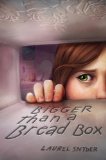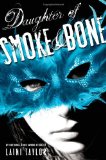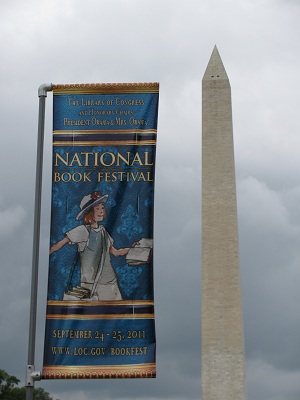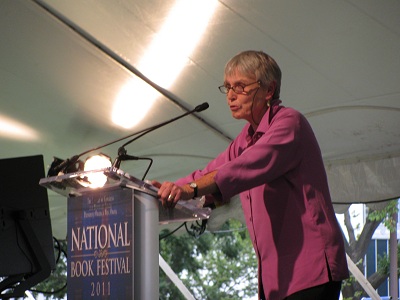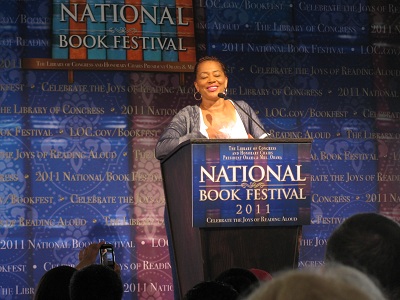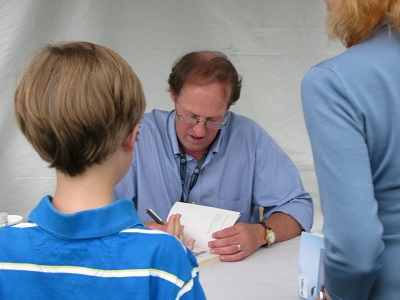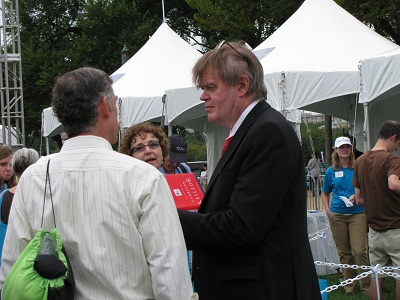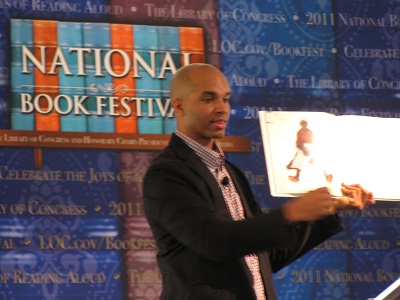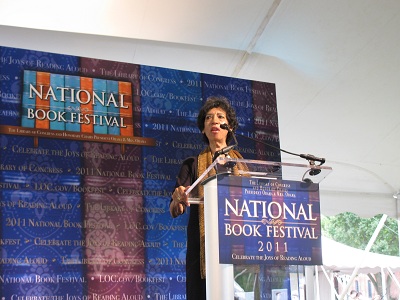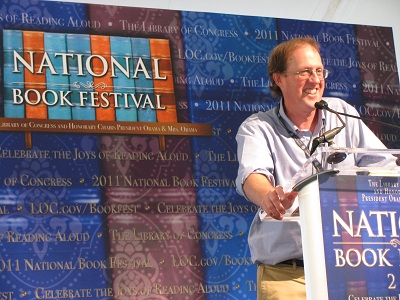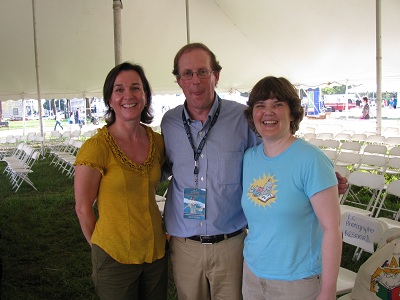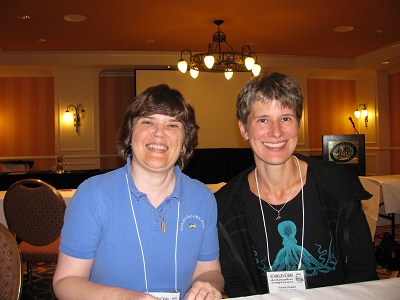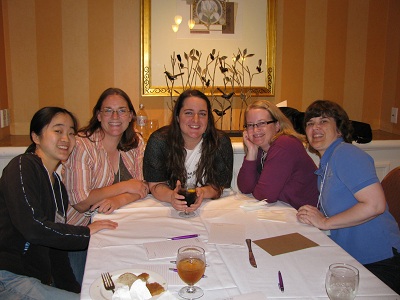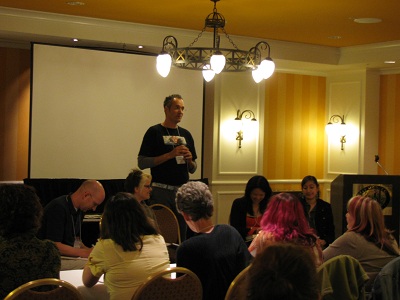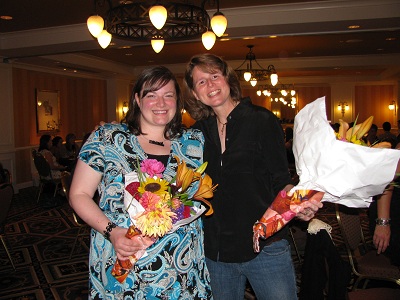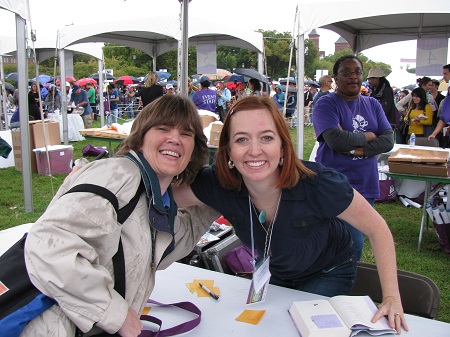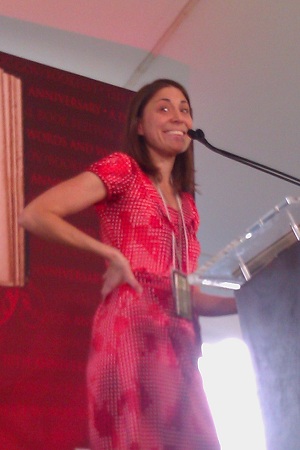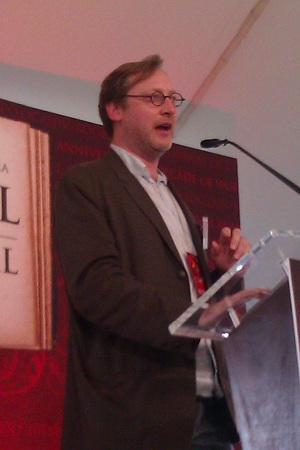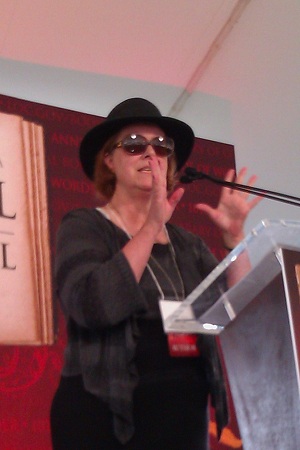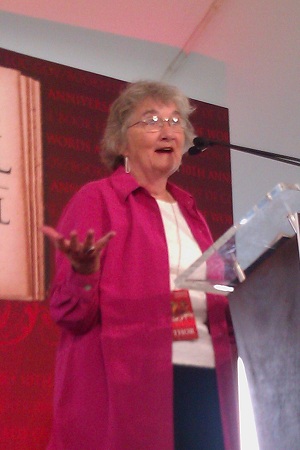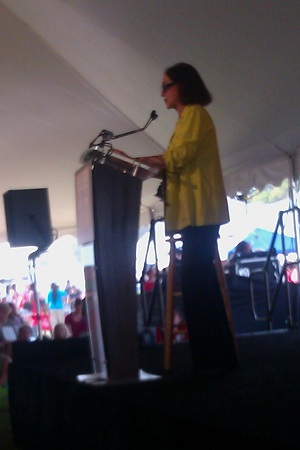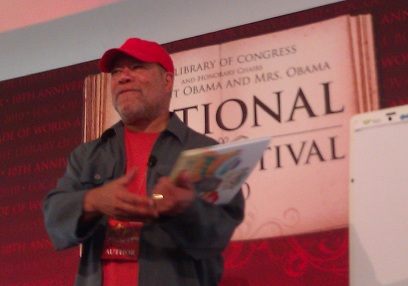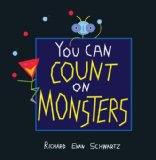The Digital Divide, Fairfax County, and E-textbooks
I came across this outstanding article about the Digital Divide the other day. I forget who posted it first on Twitter, but thank you very much! Seanan McGuire is the blog author.
I was going to copy out paragraphs to discuss here, but the entire post is so good, I would end up copying the whole thing. Here’s a crucial sentence: “Every time a discussion of ebooks turns, seemingly inevitably, to ‘Print is dead, traditional publishing is dead, all smart authors should be bailing to the brave new electronic frontier,’ what I hear, however unintentionally, is ‘Poor people don’t deserve to read.'”
Strongly put, you say? The writer definitely backs up her point and tells us why personal experience causes her to react this way.
So I was upset when I heard one of my co-workers say that, here in Fairfax County, at her daughter’s Back-to-School Night, she was told that all social studies books are now online, and they are moving to all textbooks online, “because it’s the wave of the future.”
Now, this is the same county that has drastically cut library hours. I know for certain that lots of kids get their only Internet access at the library, and that their local branch is not open every night after school. Now they can’t even read their textbooks without a computer?
I also very much hope that the people making the decisions about this have grappled with the things Seanan McGuire mentions:
“Some people have proposed a free reader program aimed at low-income families, to try to get the technology out there. Unfortunately, this doesn’t account for the secondary costs. Can you guarantee reliable internet? Can you find a way to let people afford what will always be, essentially, brand new books, rather that second- or even third-hand books, reduced in price after being worn to the point of nearly falling apart? And can you find a way to completely destroy—I mean, destroy—the resale market for those devices?
“Do I sound pessimistic? That’s because I am. When I was a kid with nothing, any nice thing I had the audacity to have would be quickly stolen, either by people just as poor as I was, or by richer kids who wanted me to know that I wasn’t allowed to put on airs like that. If my books had been virtual, then those people would have been stealing my entire world. They would have been stealing my exit. And I don’t think I would have survived.”
My co-worker’s reaction to the school’s announcement was that this will make the gap wider between the Haves and the Have-Nots. And she hadn’t even read this article! I hope the leaders of Fairfax County will think hard about the Digital Divide when they contemplate “the wave of the future” and keep from turning it into a tsunami for the many, many people in this county living in poverty.
Let me close off the same way Seanan McGuire did:
“Libraries are losing funding by the day. Schools are having their budgets slashed. Poor kids are getting poorer, and if we don’t make those books available to them now, they won’t know to want them tomorrow.
“We cannot forget the digital divide. And we can’t—we just can’t—be so excited over something new and shiny that we walk away and knowingly leave people on the other side.
“We can’t.”
Preach it, Sister!
